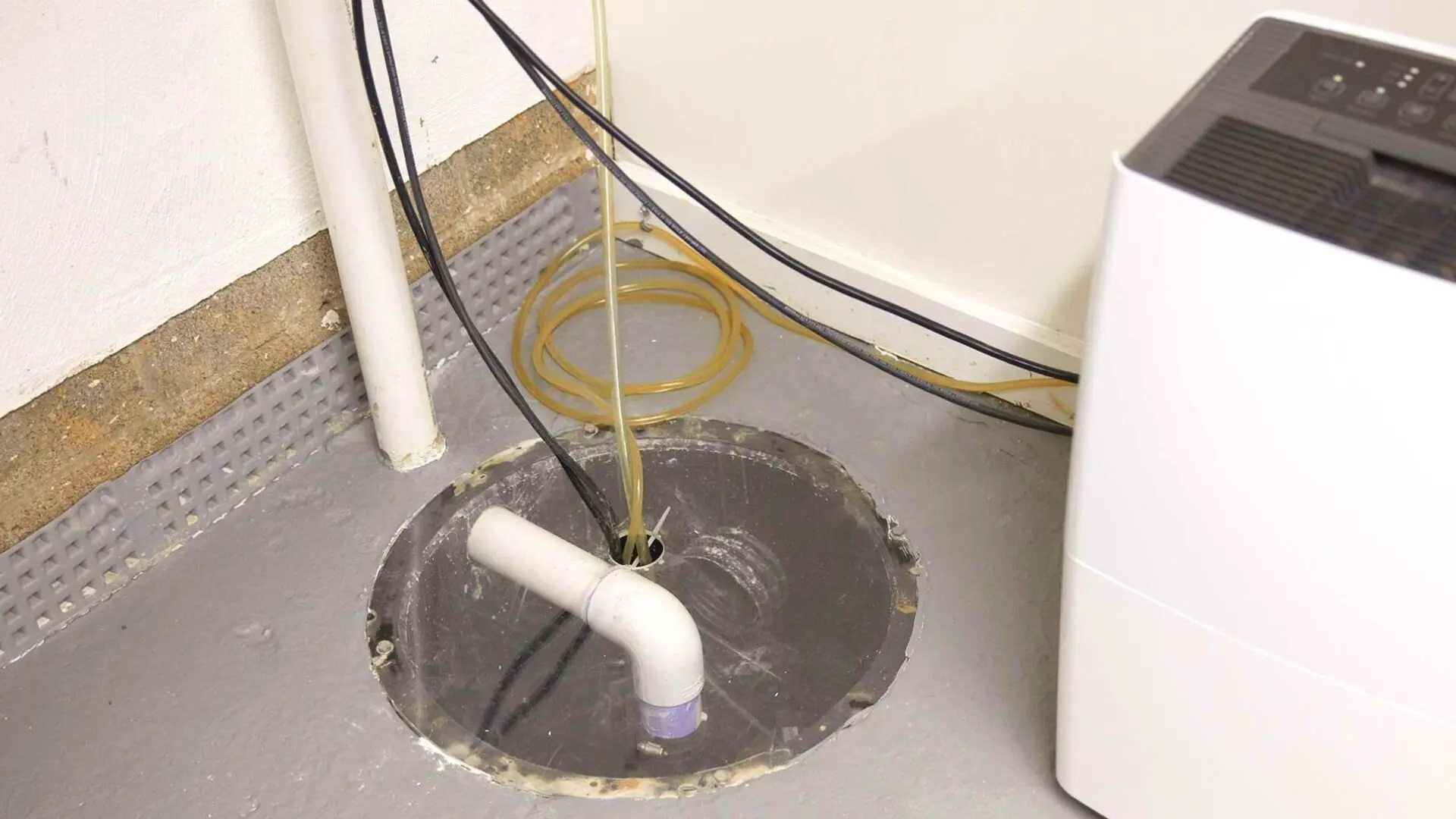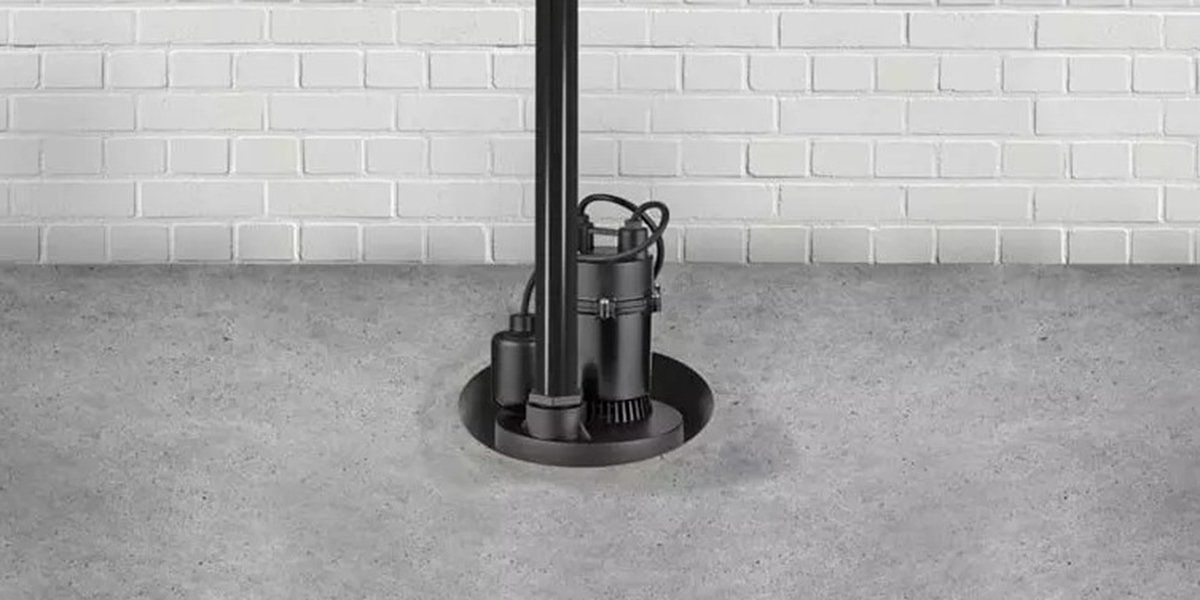Best Steps for Cleaning Your Sump Pump
Best Steps for Cleaning Your Sump Pump
Blog Article
Just about everyone has got their own unique perception on the subject of Steps to Cleaning Your Sump Pump Properly.

Sump pumps are critical parts in many homes, especially in areas susceptible to flooding or too much moisture. They help protect against water damages by effectively eliminating excess water from basements or crawl spaces. However, like any other device, sump pumps need normal upkeep to ensure they function effectively when required one of the most. Cleaning your sump pump is an essential part of its maintenance, and comprehending just how to do it appropriately can save you from costly repair work and potential catastrophes.
Introduction
Maintaining a clean sump pump is vital for its appropriate performance and long life. Ignoring this essential task can bring about blockages, breakdowns, and eventually, water damage to your property. Therefore, discovering just how to cleanse a sump pump is crucial for house owners who count on these gadgets to maintain their cellars dry and protected.
Understanding the Sump Pump
Prior to diving into the cleaning procedure, it's essential to have a standard understanding of just how a sump pump functions. Typically installed in a pit or container listed below the basement floor, a sump pump contains a number of vital elements, consisting of a pump, a float button, and a discharge pipeline. When water accumulates in the pit, the float switch activates the pump, which after that pumps the water out via the discharge pipe, far from the building's structure.
Indications of a Dirty Sump Pump
Recognizing when your sump pump needs cleaning is important for stopping possible breakdowns. Some common signs that suggest a filthy sump pump include odd sounds during operation, reduced water flow, and noticeable debris in the pit. If you see any one of these signs, it's vital to clean your sump pump quickly to avoid any type of further problems.
Planning for Cleaning
Before you begin cleansing your sump pump, it's vital to take some safety precautions. Begin by turning off the power to the pump to stay clear of any type of electric crashes. Furthermore, put on suitable protective equipment, such as handwear covers and safety glasses, to protect on your own from dust, debris, and prospective microorganisms.
Step-by-step Overview to Cleansing a Sump Pump
Shutting down the Power
Begin by disconnecting the power supply to the sump pump to prevent any kind of crashes while cleansing.
Removing Particles and Dust
Make use of a bucket or a scoop to get rid of any type of noticeable particles, dirt, or debris from the sump pit. Dispose of the debris appropriately to avoid it from clogging the pump or the discharge pipe.
Cleansing the Pump and Drift Change
Once the pit is free from debris, thoroughly remove the pump from the pit. Evaluate the pump and the float button for any signs of damage or wear. Use a soft brush or cloth to clean the surface areas and remove any collected gunk.
Flushing the System
After cleaning the pump and float button, flush the sump pit with clean water to get rid of any type of continuing to be dirt or debris. This will help ensure that the pump runs smoothly and successfully.
Checking for Correct Functioning
Before reinstalling the pump, perform a quick examination to guarantee that the float button activates the pump appropriately. Put some water into the sump pit and observe the pump's operation. If whatever is operating correctly, you can reconstruct the pump and reconnect the power supply.
Upkeep Tips to Keep Your Sump Pump Clean
Along with regular cleansing, there are numerous upkeep tips you can comply with to maintain your sump pump in optimum condition:
Final thought
Cleansing your sump pump is an important facet of its maintenance and makes certain that it operates efficiently when you need it the most. By complying with the steps laid out in this guide and incorporating routine upkeep into your routine, you can extend the lifespan of your sump pump and safeguard your home from water damage.
6 STEPS ON HOW TO CLEAN A SUMP PUMP PROPERLY
UNDERSTANDING SUMP PUMPS
Your sump pump plays a crucial role in protecting your home by managing and removing excess water. It primarily functions as a “shield”, guarding your basement against the damaging effects of water accumulation. The pump is housed in a sump pit in the lowest part of your basement, and its job is to pump out any water that collects there.
During heavy rainfalls or when snow melts rapidly, water can infiltrate your basement, posing potential risks like flooding, structural damage, and harmful mold growth. Here, the sump pump springs into action, pumping out the intruding water and directing it away from your home.
SAFETY FIRST
Before cleaning, remember to prioritize safety. Disconnect the sump pump from the power source to prevent any accidental electric shocks. Also, wear sturdy gloves to protect your hands from any sharp or dirty components within the pump.
REMOVE THE SUMP PUMP
After ensuring your safety, the next step is to remove the sump pump from its pit. Doing this might require careful maneuvering as you don’t want to damage any pump components. Once removed, clean the sump pit to remove any accumulated debris or sludge.
INSPECT THE PUMP
Inspect the pump for any visible signs of wear or damage. Check the power cord, float switch, and impeller housing. If any components look worn out or damaged, consider replacing them to ensure optimal performance.
CLEAN THE PUMP
Thoroughly clean the pump with warm, soapy water. Make sure to rid it of any dirt, gravel, or other debris that might impede its performance. You can use a toothbrush to clean the small, hard-to-reach parts of the pump.
REINSTALL THE SUMP PUMP
Reinstall the pump into the sump pit Make sure it’s positioned correctly to remove the water effectively Once it’s back in place, reconnect it to the power source TEST THE PUMP
Finally, pour some water into the pit to ensure the pump works correctly. It should start automatically and begin pumping out the water; if it doesn’t, check the power source and the positioning of the pump.
Remember, while cleaning your sump pump is an essential part of home maintenance, hiring a professional plumber for a thorough inspection and cleaning at least once a year is also important. This will ensure that your pump is in optimal condition, ready to protect your home from potential water damage.
BEST PRACTICES FOR CLEANING SUMP PUMP DISCHARGE PIPES
Regular Inspection: Regularly inspect your discharge pipes, especially during heavy rainfall or snowmelt periods. Look for any signs of blockage or damage. Early detection of problems can prevent serious issues down the line. Periodic Cleaning: Over time, sediment and debris can accumulate in the discharge pipes, impeding the flow of water. Regular cleaning helps keep the pipes clear and functioning efficiently. You can use a high-pressure water jet to effectively clean the pipes. Insulation During Winter: In colder climates, discharge pipes can freeze, blocking the outflow of water. Protect your discharge pipes from freezing temperatures by insulating them with foam pipe insulation. This will ensure the sump pump can continue to discharge water even in freezing conditions. Proper Positioning: The discharge pipe should be positioned to direct water away from your home’s foundation. Improper positioning can lead to water seeping back into the basement. Ensure the pipe is long enough and angled correctly. Installation of a Check Valve: A check valve prevents water from flowing back into your sump pit after the pump has pushed it out. Installing a check valve helps maintain the efficiency of your sump pump and reduces the risk of flooding. Minimize Pipe Turns: Every curve or turn in the discharge pipe can decrease the efficiency of water flow. By minimizing turns and bends in your discharge pipe, you can increase the efficiency of your sump pump. https://www.fullspeedplumbing.com/how-to-clean-a-sump-pump-properly9999/

As a devoted person who reads on Cleaning & Maintenance Tips for Your Home's Sump Pump, I assumed sharing that excerpt was a good thing. You should pause to share this blog if you enjoyed reading it. Thanks a lot for taking the time to read it.
Check Us Out Report this page